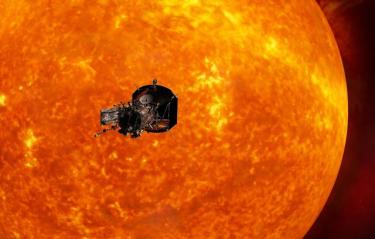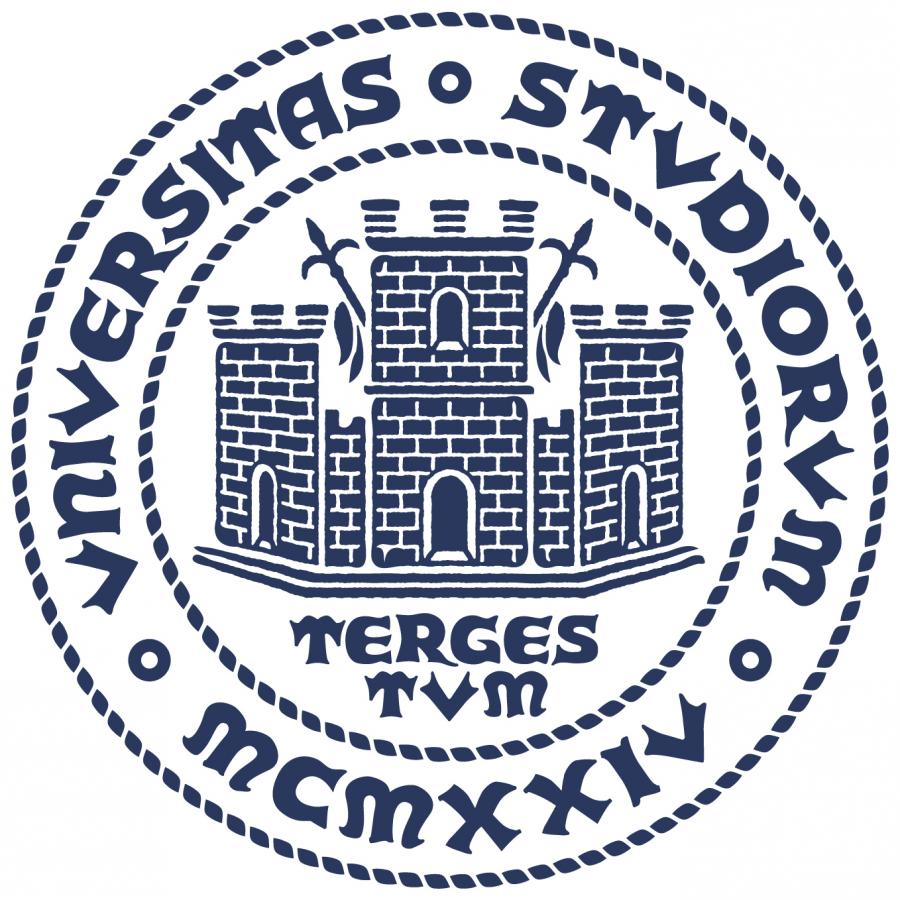Seminar @ DF - M.L. Stevens - Touching the sun: Parker Solar Probe and the SWEAP experiment

Set to launch just one year from now, the Parker Solar Probe mission represents man’s first opportunity to visit our sun’s atmosphere. It will bring with it a unique set of plasma diagnostics that have been designed to characterize the plasma environment of the corona and inner solar system. The SWEAP (Solar Wind Electrons, Alphas, and Protons) investigation, which is charged with measuring the bulk phase-space distributions of solar wind ions and electrons, is built on familiar, well-proven instrument concepts that have been adapted for operation under the extreme conditions unique to this mission. A key workhorse for SWEAP is the Solar Probe Cup (SPC), a Faraday Cup that must operate in a continuous fashion as close as 8.5 solar radii to the photosphere, while looking directly at the Sun. SPC is similar to the Faraday Cup instruments on the Wind, Voyager, Pioneer, and other spacecraft, but with two entirely new driving requirements: (1) SPC must survive and operate in a harsh, unprecedented environment, with component temperatures exceeding 1000C at closest approach, and (2) it must record the solar wind approximately one thousand times faster than previous instruments in order to keep up with the rapid variations expected near the Sun. This presentation will give a brief overview of some of the driving scientific questions behind this historic mission- particularly those pertaining to the plasma processes that govern coronal heating and solar wind energization. I will then discuss the Parker Solar Probe mission and the SWEAP thermal plasma package, including the novel approaches taken to design, build, and test the SWEAP Faraday cup instrument.

Lecture Room A, via Valerio 2
Anna Gregorio



